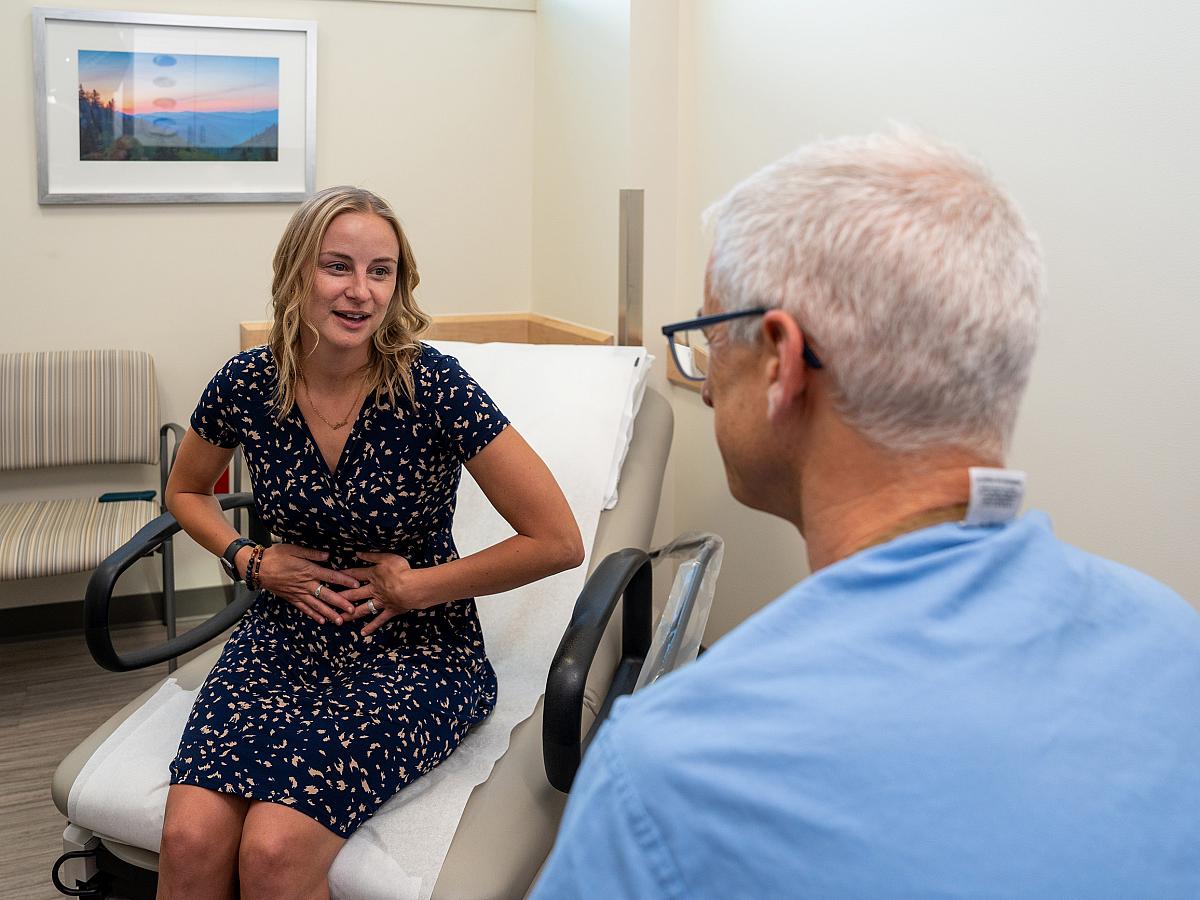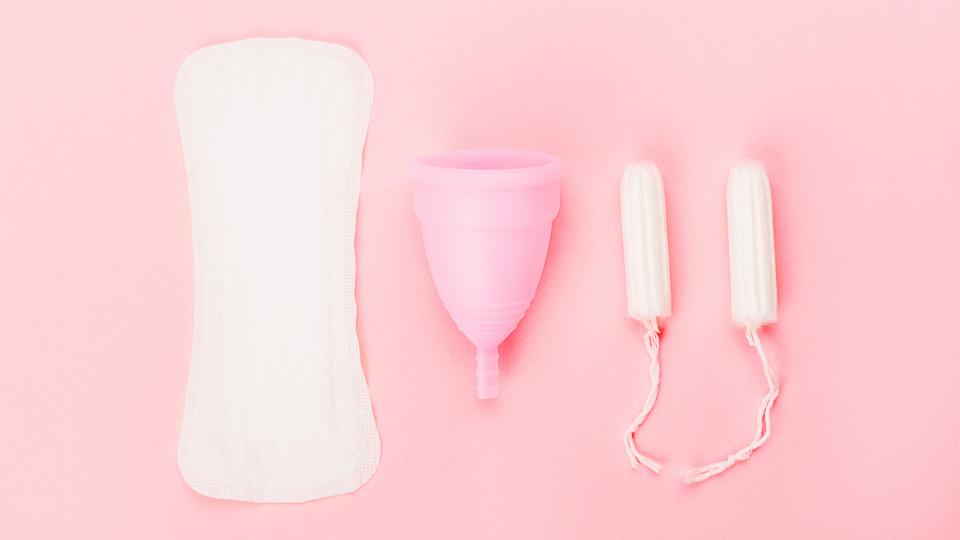Providing Unmatched Gynecologic Care
University of Utah Health Women’s Health Services offers exceptional care to women to ensure they get the services they need for optimal health. Our goal is to help you improve your quality of life with coordinated care focused on overall wellness and treating you as a whole person.
We provide unmatched gynecologic care for women, including hysteroscopy, at our convenient clinic locations throughout the Wasatch Front.
What Is a Hysteroscopy?
A hysteroscopy is a minimally invasive gynecologic surgery that allows a gynecologist to look inside your uterus with a hysteroscope (small tube with a light and camera).
Hysteroscopies are used to:
- remove polyps or fibroids in the uterus.
- treat abnormal bleeding, such as long menstrual periods, an extremely heavy menstrual flow, or bleeding in between periods or after menopause.
- find and remove adhesions (scar tissue) in the uterus.
- find and remove a retained intrauterine device (IUD) that your gynecologist cannot remove on their own.
- find and remove other foreign objects in your uterus.
- diagnose and treat a septum in the uterus (an abnormal membrane that is present from birth).
- perform endometrial ablation (destroy the uterine lining) to treat some conditions that cause abnormal bleeding.
Who Should Get a Hysteroscopy?
Hysteroscopies are safe and effective procedures for women of all ages. They are most commonly performed on women between the ages of 30 and 60. This is when you are more likely to have polyps or fibroids. There is a one to four percent chance that polyps with abnormal bleeding could be associated with precancerous changes in your uterus. These polyps should be removed to reduce your risk of cancer.
Do not get a hysteroscopy if you:
- are pregnant,
- have an active pelvic infection,
- have cervicitis, or
- have other health conditions that could worsen after a hysteroscopy.
Hysteroscopy Procedure
How to Prepare for Surgery
Most hysteroscopies are done in your gynecologist’s office, which do not require sedation or general anesthesia (put to sleep). An in-office hysteroscopy does not require any advance preparation.
However, hysteroscopies performed in an operating room typically require sedation or general anesthesia. For this type of hysteroscopy, you will need to prepare for the procedure like you would any other surgery.
- Stop eating and drinking at midnight the night before your surgery.
- Do not smoke for at least 24 hours before your surgery (or longer if possible).
- Stop taking or adjust medications that put you at higher risk of bleeding, based on your gynecologist's instructions.
What to Expect the Day of Surgery
Your gynecologist will insert a speculum (a small tool that goes into your vagina and gently opens) to allow the hysteroscope to go in easily. If needed, your gynecologist will give you an anesthetic to numb the area to reduce any pain or discomfort. As they insert the scope, they will inject saline through the scope into your uterus. Your gynecologist will look for polyps, fibroids, or other abnormalities. If they find any abnormalities, they will use a small tool to remove them.
If the hysteroscopy is performed in the operating room under general anesthesia (put to sleep), your gynecologist may use a larger shaver tool to remove any polyps or other tissues.
How Long Does a Hysteroscopy Take?
An in-office hysteroscopy procedure takes about 10 minutes. Hysteroscopies performed in the operating room take 15 to 20 minutes. If you're having a hysteroscopy completed at the same time as another surgical procedure, your total time in the operating room may be longer.
Find a Gynecologist
Hysteroscopy Recovery
In-Office Hysteroscopy
You'll be able to leave as soon as you feel comfortable walking after a hysteroscopy performed in your gynecologist's office. You will be able to drive yourself home and immediately resume normal activities if you're feeling up to it.
Operative Hysteroscopy
After a hysteroscopy in the operating room, you will spend about an hour in a post-operative area. You will leave when you are able to:
- eat,
- drink,
- urinate, and
- walk without help.
You will need someone to drive you home because you cannot drive after being under anesthesia or sedation. Get extra rest the day of your procedure and do not do any strenuous activities. You may feel tired or nauseated after anesthesia. You can resume normal activities with no restrictions the next day.
Is a Hysteroscopy Painful?
You may feel some slight discomfort during the procedure or feel some cramping after the hysteroscopy is done. Most people do not need pain medication or narcotics after this procedure.
Signs of Infection after Hysteroscopy
Infections are rare; however, signs of infection include:
- fever,
- chills,
- heavy bleeding,
- pain in your abdomen (stomach), or
- vaginal discharge with a very foul smell.
Contact your gynecologist’s office immediately if you have symptoms of an infection.
Hysteroscopy Risks
Hysteroscopy is a safe procedure with few risks. The most common risks are:
- infection,
- uterine perforation (damage to the uterus wall), or
- fluid overload syndrome (when too much fluid is left inside your body after the procedure).
While rare, fluid overload syndrome could cause serious complications. To avoid fluid overload, our gynecologists follow strict safety protocols and carefully monitor the exact amount of fluid that goes in and comes out during your hysteroscopy.
Your Period after Hysteroscopy
A hysteroscopy does not disrupt your menstrual cycle. If your gynecologist removed the polyp or fibroid that caused your heavy or painful periods, you should have a lighter and/or less painful period. However, you may have some minor bleeding, spotting, or irregular periods for the first month after your hysteroscopy.
Schedule an Appointment with a Gynecologist
To schedule an appointment with a gynecologist for a hysteroscopy, call 801-213-2995. You do not need a physician referral to see our gynecologists.






